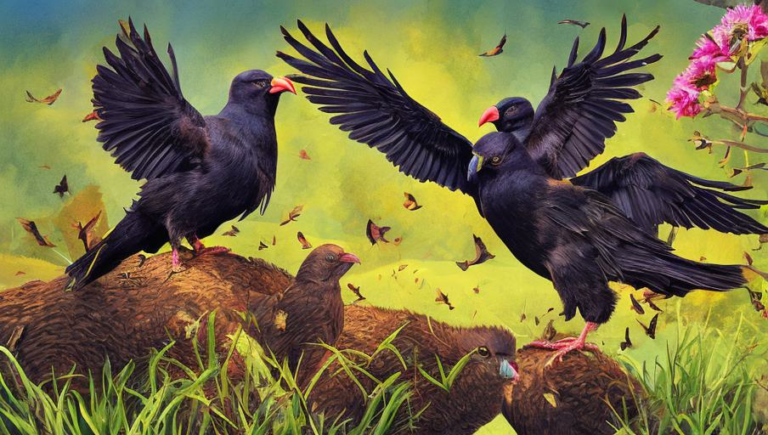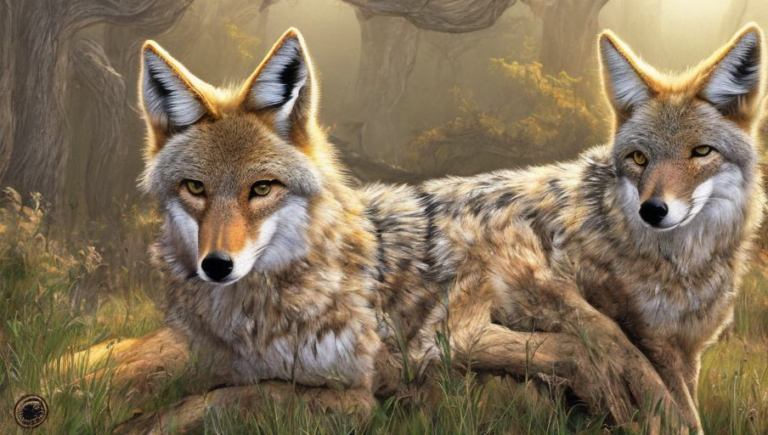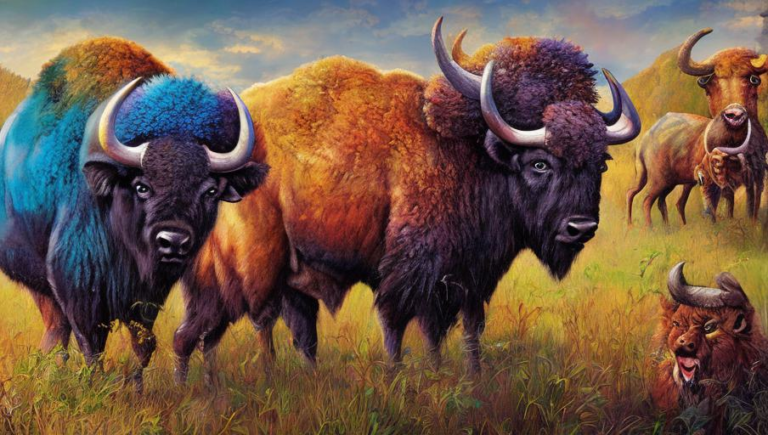On the Trail of the Polar Bear

The Majestic Polar Bear
The majestic polar bear is an iconic symbol of the Arctic. These powerful and beautiful creatures are the largest land-based carnivores in the world, with males weighing up to 1500 pounds and measuring up to 9 feet in length. They are well adapted to the cold, with thick coats of fur and a layer of fat that helps to insulate them from the bitter temperatures of their Arctic home. Polar bears are powerful swimmers, able to cover up to 60 miles in a single day and swim for distances of up to 200 miles.
Endangered Polar Bears
Unfortunately, the polar bear population is in trouble. In 2008, the United States listed the polar bear as a threatened species under the Endangered Species Act. The primary threat to the species is the loss of its Arctic habitat due to global warming. As sea ice melts, polar bears must swim farther and farther to find food, leading to exhaustion and death. Additionally, polar bears are at risk of being killed by hunters and poachers.
Studying Polar Bears in the Wild
In order to better understand the threats facing the polar bear population, scientists and conservationists have been studying the creatures in their natural habitat. These studies involve tracking the movements of polar bears, recording their behaviors, and collecting data about the species. The data collected is then used to inform conservation efforts and help protect the polar bear population.
Conservation Efforts
There are a number of initiatives in place to help protect polar bears, including the International Agreement on the Conservation of Polar Bears and the Polar Bear Specialist Group. These organizations work to ensure that the polar bear population is managed sustainably and that their habitat is protected. Additionally, organizations like the World Wildlife Fund are working to reduce climate change and reduce the threats to the polar bear population.
Getting Involved
If you are interested in helping polar bears, there are a few things you can do. You can donate to organizations such as the World Wildlife Fund, which works to protect the polar bear population. You can also volunteer with local conservation groups, which help to monitor and protect polar bear habitats. Finally, you can spread awareness about the plight of the polar bear and why it is important to protect them.
Conclusion
The polar bear is a majestic creature that is unfortunately facing an uncertain future. By understanding the threats facing this species and taking action to protect it, we can help ensure that the polar bear population is preserved for generations to come.





